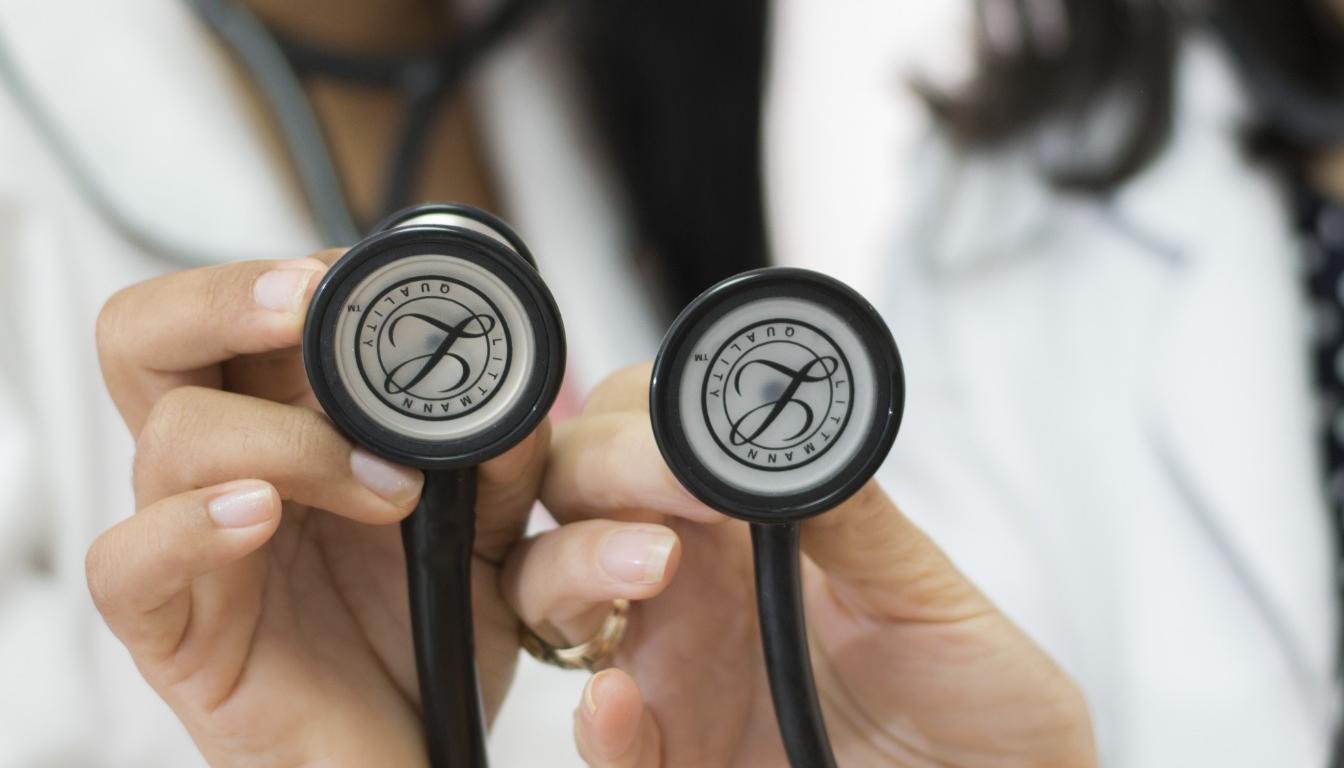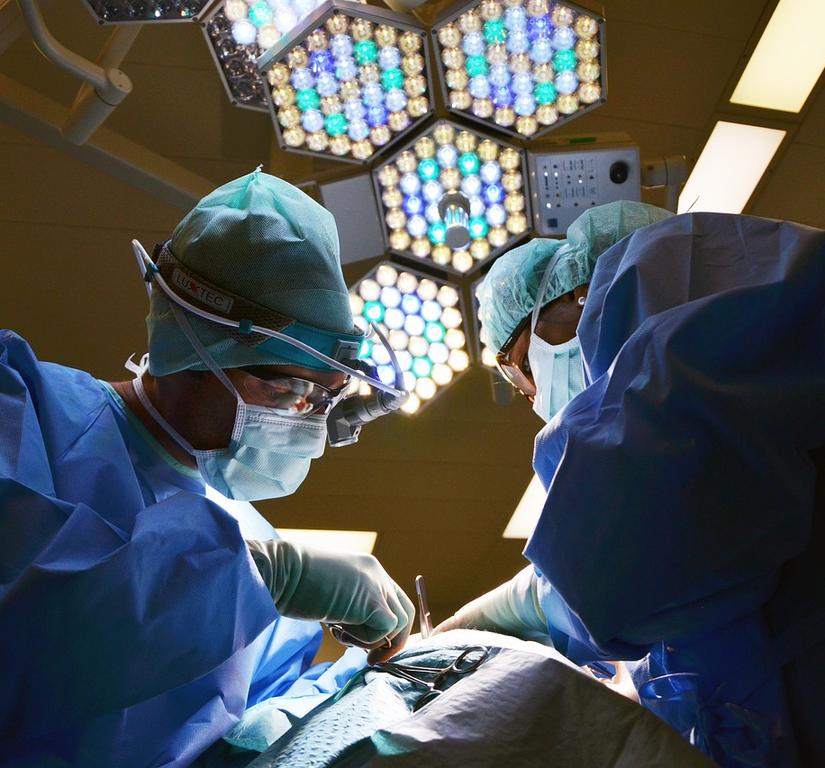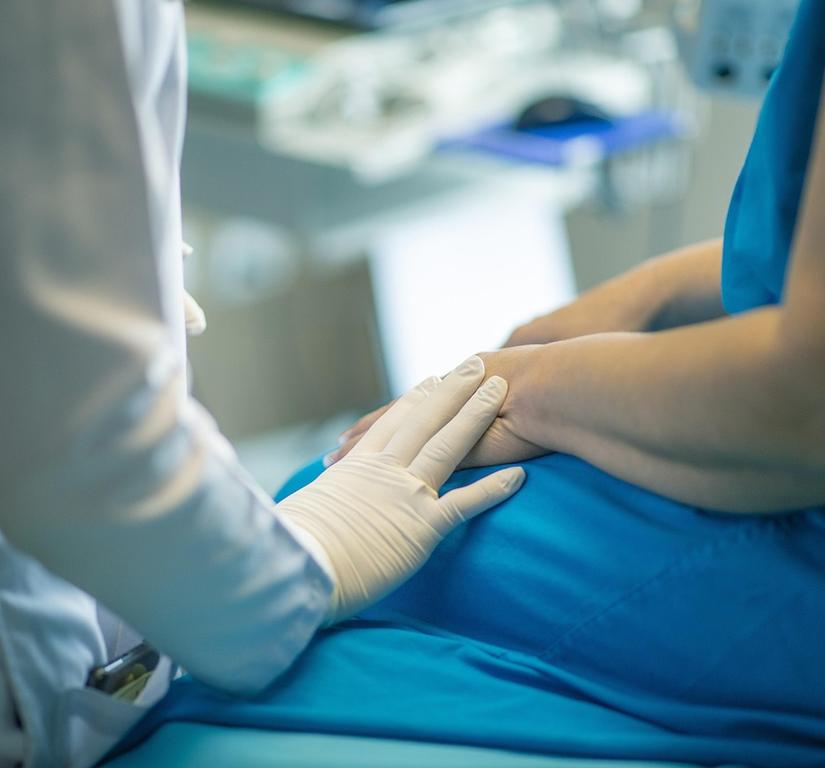
OPERATION IS TEAMWORK – YOUR CONTRIBUTION TO RECOVERY AFTER SURGERY
A successful operation—whether after an ACL tear, meniscus tear treatment, autologous blood therapy on the knee, or in orthopedic emergencies such as a patellar dislocation—is not only the result of medical precision but also close cooperation between the patient and the treatment team. Your active contribution in the period after the procedure is crucial for stable and lasting healing.
- 1. What can I do myself to contribute to recovery?
- 2. Why is good preparation for the operation important?
- 3. How should I eat before an operation?
- 4. Which micronutrients and anti-inflammatory substances are recommended?
- 5. What can I specifically do in the run-up to the operation?
- 6. Which decongestant measures are useful after the operation?
- 7. Why is straightening the knee joint so important?
- 8. FAQ: How can I prepare myself psychologically and organizationally?
1. What can I do myself to contribute to recovery?
An operation is not just a matter for the medical staff—you yourself also play an important role in the healing process. Whether it’s ACL tear treatment, meniscus tear without surgery, or patellar dislocation: With targeted preparation and aftercare, you can reduce pain, accelerate recovery, and avoid complications. This includes an adapted diet, exercise, physiotherapy, and simple but effective everyday measures. Studies show that well-prepared patients recover faster on average and suffer fewer postoperative complications.


2. Why is good preparation for the operation important?
The better you prepare for the upcoming surgery, the easier it will be for you to deal with the unfamiliar situation as a patient. Targeted preparation—e.g., before ACL tear surgery, meniscus tear treatment, or autologous blood therapy on the knee—reduces the duration of convalescence, strengthens your immune system, and improves your mobility after the procedure. This includes exercises with crutches, training the leg muscles, and scheduling rehab appointments early. Mental preparation, knowledge of the surgical procedure, and dealing with any necessary aids also contribute to active recovery.
3. How should I eat before an operation?
An anti-inflammatory, protein-rich diet supports the healing process. Ideally, avoid inflammatory foods such as sugar, alcohol, white flour products, pork and chicken, and fatty fish such as salmon and tuna. Instead, plant-based proteins, lamb, beef, trout, pollock and whole grain products are recommended.
During the surgery period—whether for ACL tear treatment, meniscus tear surgery, or patellar dislocation—your body has an increased need for energy, especially in the form of amino acids (proteins) and carbohydrates. These should be consumed in appropriate amounts to support the healing process. Adequate fluid intake (e.g., water, unsweetened tea) is also essential to promote cell function and wound healing.
4. Which micronutrients and anti-inflammatory substances are recommended?
After an operation, the body naturally reacts with inflammation, which accompanies the healing process. This applies both after ACL tear surgery, meniscus tear treatment, and orthopedic emergencies. However, an excessive inflammatory reaction that can lead to complications is problematic. To avoid this, it is advisable to take the following micronutrients:
- Omega-3 fatty acids (e.g. from linseed oil or algae oil)
- Boswellia serrata (frankincense)
- Vitamin C and D
- Folic acid, iodine, zinc and magnesium
These substances support the immune system, have an anti-inflammatory effect and promote cell regeneration. Ideally, the intake should begin a few days before the procedure and be discussed with a doctor or pharmacist.
5. What can I specifically do in the run-up to the operation?
Actively prepare for the operation by implementing a few simple measures. This applies in particular to planned procedures such as ACL tear surgery, meniscus tear treatment, or patellar dislocation:
- Exercises with forearm crutches: Learn how to use the aids safely in advance.
- Strengthening the leg muscles: Train your legs to facilitate the mobilization process after the surgery.
- Plan rehab appointments early: Schedule appointments for physiotherapy and manual lymphatic drainage immediately after the operation.
- Provide coolant: Place two to three gel packs in the refrigerator (not in the freezer) to be prepared for the cooling phases after the surgery.
6. Which decongestant measures are useful after the operation?
In the first few days after the operation—for example, after an ACL tear surgery or meniscus tear treatment—the operated joint usually reacts with swelling. To reduce this, it is important to elevate the leg. If you are not actively moving the leg, it should always be elevated.
In addition, it is recommended to cool several times a day for ten minutes each time with gel packs that have been refrigerated and wrapped in a cloth. If necessary, a CPM (continuous passive motion) machine is used to passively move the knee. This accelerates the reduction of swelling and improves mobility. Regular lymphatic drainage can also be used as a supplement.
7. Why is straightening the knee joint so important?
Full extension of the knee is crucial to maintain the function of the kneecap, cruciate ligaments, and a normal gait. This is especially true after ACL tear treatment or meniscus tear surgery. A permanent flexed position can lead to incorrect loading and long-term movement restrictions.
The operated leg should always be stretched and positioned anatomically correctly to reduce feelings of tension and support healing. Make sure to avoid evasive postures, as even small misalignments can impair joint function.
8. FAQ: How can I prepare myself psychologically and organizationally?
How can I prepare myself mentally and organizationally?
In addition to physical preparation, your mental attitude also plays a role. It is normal to feel anxious about the anesthesia or the procedure itself—talk to your doctor or the anesthesia team about your concerns. Drawing up a living will or clarifying organizational issues (household help, childcare, getting home after the operation) can also provide reassurance. It is also helpful to have important documents (e.g., medical reports, medication plan, insurance card) handy. Pack a bag with comfortable clothing, slippers, toiletries, and any medication you may need for the day of the surgery. An accompanying person can also provide organizational and emotional support. The rehabilitation phase begins immediately after surgery. In the first 3 to 5 days, the focus is on immobilization, cooling, and pain reduction. Passive mobilization can begin on day 3. In weeks 2–3, active-assisted exercises follow, e.g., to improve mobility and stability. Initial light exercise is often possible as well. In weeks 4–6, the transition to the active strengthening phase begins. This also involves training movements relevant to everyday life. Full load capacity is achieved individually between weeks 8 and 12, depending on the procedure and physical condition.
What are the chances of success?
The active participation of the patient before and after surgery—whether following a cruciate ligament rupture, meniscus tear treatment, autologous blood therapy for the knee, or patellar dislocation—is a key factor in successful healing. Through targeted preparation, an adapted diet, the intake of supportive micronutrients, and early mobilization, you can make a decisive contribution to avoiding complications and quickly regaining your mobility. Remember: Surgery is teamwork – your commitment counts!
Post-treatment regimens
PDF Post-treatment Operation is teamwork
